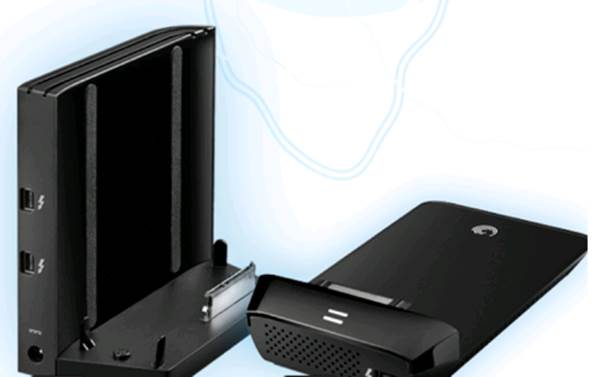Solid-state drives have become a lot more
affordable in recent months, and although they have some way to go to catch up
with the pence-per- gigabyte value of hard disks, fitting a speedy SSD in your
MacBook could be the technological equivalent of a youth serum.

Samsung
830 Series SSD 256GB
Samsung claims this drive reads data
sequentially at up to 520MB/sec and writes at up to 400MB/sec (on lower
capacities, the maximum write speed is lower).A6Gbit/sec SATA III interface is
required to get those speeds, and only MacBooks introduced since 2011 have
that; earlier models use a slower SATA II interface. The drive’s theoretical
maximum through-put is 300MB/sec. For comparison, we got read and write speeds
of 67.8MB/ sec and 66.5MB/ sec with an unaltered early 2010 MacBook Pro, so
the potential gains are significant.
We installed the SSD in an older first-generation
aluminium unibody MacBook. In our large file test, the drive achieved a maximum
sequential read speed of 259.4MB/sec, dipping only slightly to a minimum of
247.3MB/sec. Performance wasn’t quite so nimble when writing, where the maximum
rate was 192.1MB/sec, with a minimum of 178.9MB/sec. Although that’s slower
than a SATA II connection’s theoretical maximum, it’s still a huge boost over
our Mac’s original hard drive, which, when tested as new in late 2008, maxed
out at 43.7MB/sec when writing dataand54.5MB/sec when reading it.
In our second test,
the SSD was connected to an iMac using Seagate’s GoFlex Thunderbolt adaptor.
This has a SATA III controller, and we verified that the SSD had negotiated a
6Gbit/sec connection to the Mac. Thunderbolt’s bandwidth exceeds the
capabilities of SATA III, so we expected to see transfer rates much closer to
Samsung’s figures.

Although
its speed potential is capped one pre-201 models, this is a worthwhile and
affordable upgrade for an older MacBook
Our maximum read and write speeds were
379.1 and 323MB/sec respectively. That’s 141MB/sec slower than Samsung’s read speed,
77MB/sec slower when writing, even though Thunderbolt’s bandwidth is enough to
make the most of a SATA III connection. What can’t be guaranteed is that the
SATA controller in your Mac (or, in this case, Seagate’s adaptor) is capable of
delivering the best performance from a drive.
What our testing shows, though, is that an
ageing MacBook with a slow hard disk can get a real performance boost from an
SSD. We’ve been using the drive for a couple of months and haven’t seen any
noticeable degradation of performance, despite O S X’s refusal to enable TRIM,
a technology in-tended to maintain an SSD’s speed. Samsung uses a specially
developed controller, which it says is designed to maintain performance.

Seagate’s
GoFlex Thunderbolt adaptor
If that doesn’t convince you, an unofficial
OS X tweak (bit.ly/ZqBxUa) enables TRIM support for third-party drives, but
this means you’ll be running a non-standard configuration, which might cause
issues with getting support from Apple. Alternatively, you could refresh the
drive by cloning its contents to another, doing a low-level erase using the
tool supplied by Samsung, then restoring its contents. You’d need a PC to run
the tool, though, because Samsung doesn’t provide a Mac version, and it’s
long-winded.
Despite this universal issue, after first
maxing out your RAM the 830 is well worth considering as a way to extend the
life and responsiveness of an old MacBook.
|
Details
·
Price: $203
·
Info: samsung.com
·
Needs: OS X * Mac with a 2.5in SATA hard drive
bay
·
Pro: Huge speed upgrade from a hard drive *
Easily fitted * Affordable
·
Con: OS X doesn’t offer TRIM support *
No OS X tools provided
|